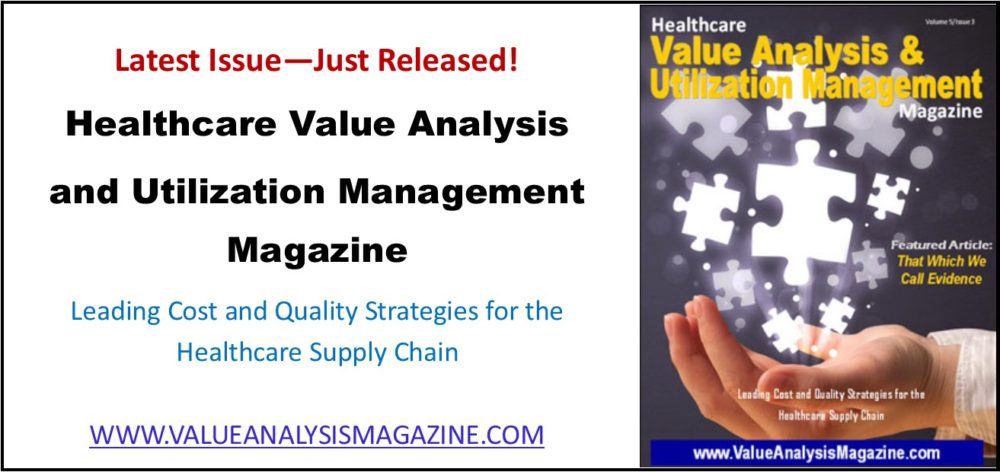In the ever-evolving healthcare landscape, the procurement of medical products and devices stands at a critical juncture where decisions can significantly impact patient care and overall healthcare efficiency. While cost considerations often take center stage, it is essential to recognize and prioritize a product’s clinical features. Choosing based on price alone may compromise much-needed basic functionalities, leading to suboptimal performance and potentially jeopardizing patient care.
A well-designed product with intuitive clinical features allows clinicians to focus on what matters most—direct patient care. Products with additional clinical features may come with a higher upfront cost, yet the total cost of ownership over its lifespan can be significantly lower. When presenting a product to the value analysis committee for approval, it is imperative to understand what pain point this product addresses. Is it a patient safety issue, clinical efficiency, standard or guideline requirement? Once the purpose is identified, can you quantify this in numbers such as number of minutes saved per case?
The need for cost savings is undeniable, especially with decreasing operating margins. However, the value of a medical product lies not just in its initial price tag but in its sustained performance and longevity. Stakeholders and decision-makers must clearly identify their desired outcomes. It is a balancing act between clinical features and desired results.
A product chosen solely based on its lower price may lack the necessary functionalities, potentially hindering clinical and operational efficiency and detracting from the overall quality of patient care. Does the product take more time to assemble? Do clinicians need to replace the device more often? Do clinicians need additional support to operationalize? These questions must be answered during the value analysis process.
Should we ignore pricing altogether? Absolutely not. Clinicians and stakeholders must discern whether the additional cost of the clinical features genuinely adds value to patient care, outcomes, and efficiencies, or adds cost. Investing in certain clinical features becomes a strategic decision beyond immediate financial considerations, ensuring a sustained and reliable contribution to patient care and healthcare efficiency. Think of central lines. Years ago, these devices were not kitted with all of the items needed to prep, insert, and dress the line. Clinicians gathered these items separately. This practice may have come at a lower financial cost but led to a higher clinical cost due to the variation of products, subsequent outcomes, and inefficiencies of the gathering process. All of this must be taken into consideration.
The importance of prioritizing clinical features over price in healthcare procurement must be recognized. By understanding the intrinsic value of a product’s clinical functionalities, decision-makers pave the way for a healthcare system that is more efficient and patient-centered. As we navigate the complexities of modern healthcare, let us shift our focus from the price tag to the invaluable clinical features that propel us toward a healthier and more technologically advanced future.
Anne Marie Orlando, RN, MBA, RCIS, CVAHP, Senior Director, Clinical Programs at Blue.Point Supply Chain Solutions; Treasurer, Association of Healthcare Value Analysis Professionals
Anne Marie has been a critical care nurse for over 19 years with a leadership foundation in the Interventional Cardiology and Interventional Radiology space. During her supply chain tenure, Anne Marie held a dual role of Supply Chain and Clinical Resource Director where she operationalized many clinical initiatives while maintaining fiscal accountability. At the GPO level, Anne Marie served as the Director of Clinical Services for Yankee Alliance supporting member value analysis teams and their work with clinical utilization. Anne Marie is currently the Senior Director, Clinical Programs for Blue.Point Supply Chain Solutions supporting value analysis teams in the use of the Blue.Point platform focusing on aligning product utilization and standardization with evidence-based practice.
Articles you may like:





